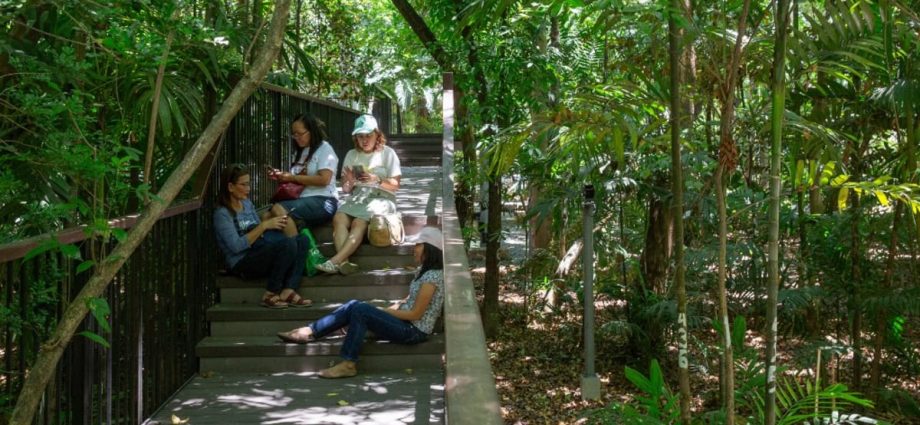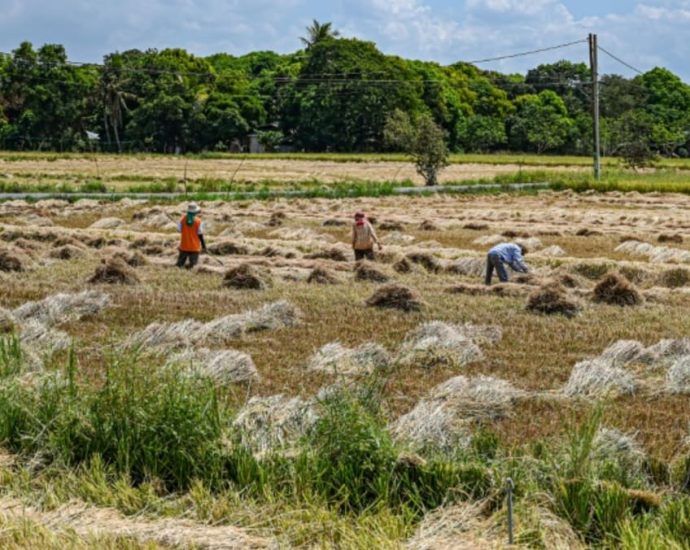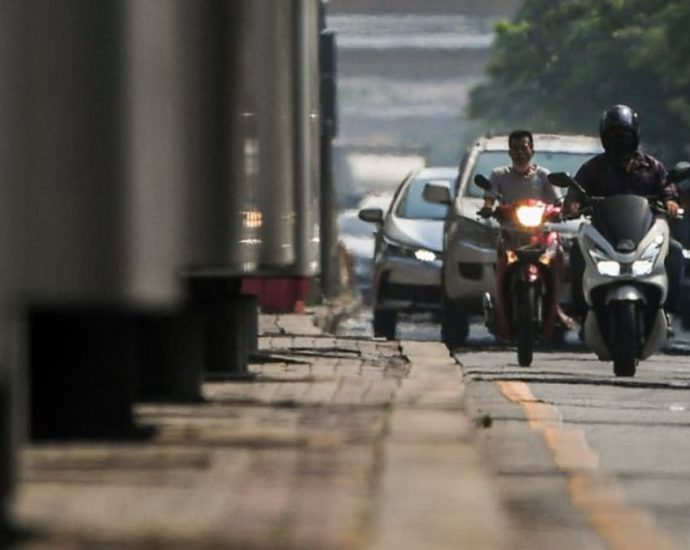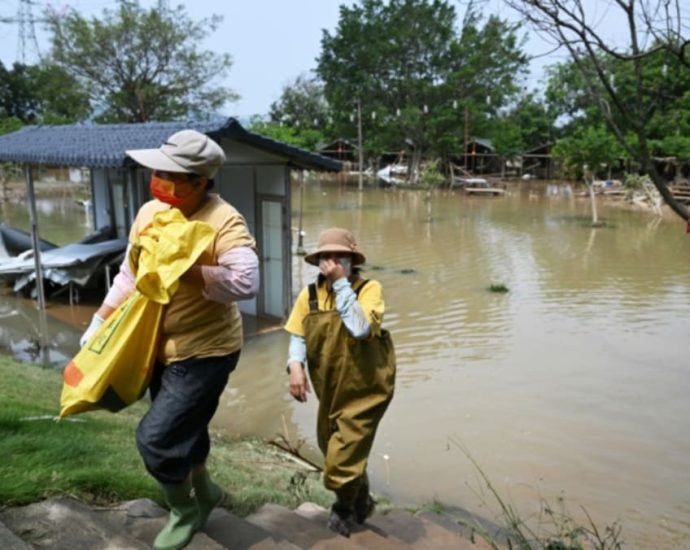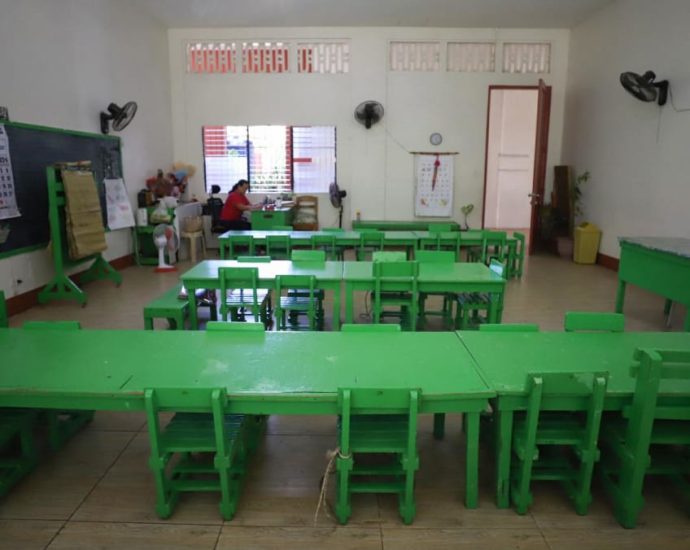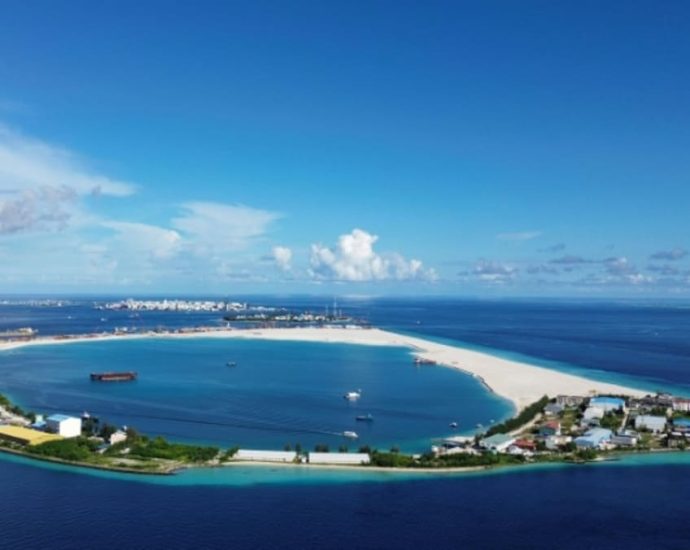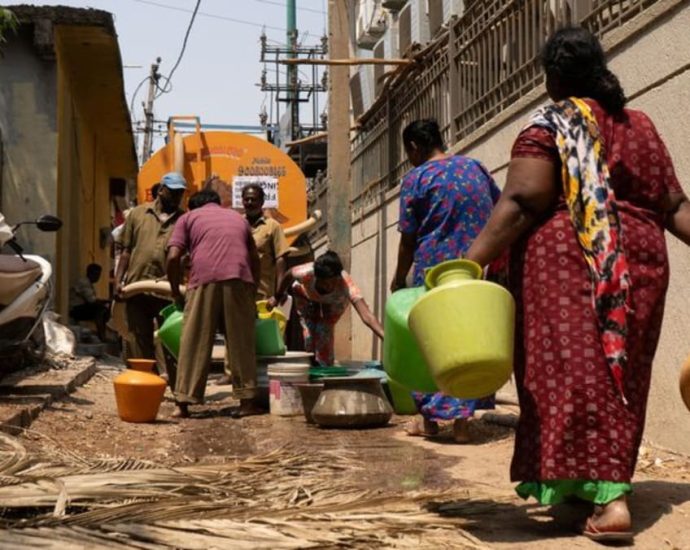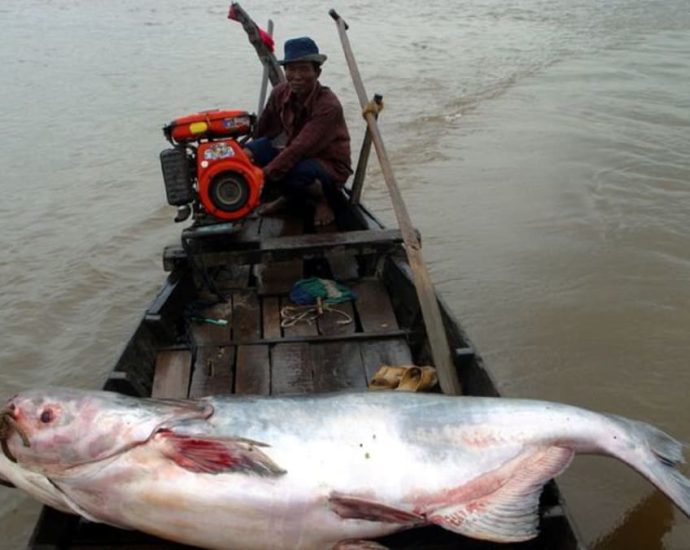Philippines suspends in-person classes due to heat, jeepney strike
The Philippines ‘ education department announced on Sunday ( Apr 28 ) that in-person classes will be suspended in all public schools for two days as a result of the country’s extreme heat and a nationwide jeepney driver strike. In recent weeks, Southeast Asia has been scorched by intense heat,Continue Reading

